5 Creative Ways to Use the Big Mack and Other Talking Switches
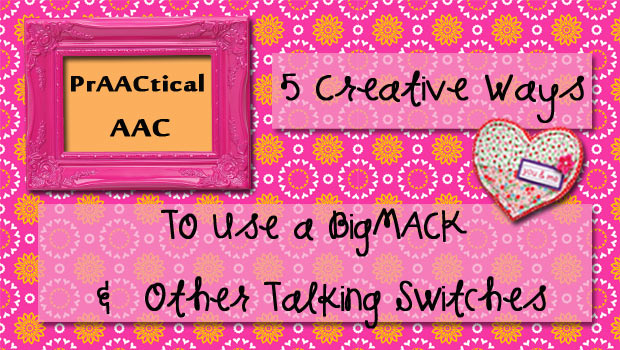
 We all have them. We all use them. We all get in ruts. Here are some creative uses for using single message voice output communication aids.
We all have them. We all use them. We all get in ruts. Here are some creative uses for using single message voice output communication aids.—
1. To build letter-sound correspondence: Record the sound that the letter makes so that the AAC user can participate in phonological awareness activities. Works great with multiple talking switches, each programmed with a different letter sound.
–
1. To build letter-sound correspondence: Record the sound that the letter makes so that the AAC user can participate in phonological awareness activities. Works great with multiple talking switches, each programmed with a different letter sound.
–
2. To give time-limited access to a battery-operated toy: By using the Big Mack as a switch, you can record a message and the toy will stay on for the length of the message. Great for creating teachable moments to practice recurrence and cause/effect in a meaningful way.
–
–
3. To build support communicators who are learning 2-switch step scanning: With this type of scanning, we use one switch to move the highlighted item and the other to select it. By using a talking switch, you can help learners make the connection as to what each switch does. Record messages so that when the communicator activate one of the switches he/she will hear “move it.” Press the other one to select the item and hear “pick it” to reinforce the function of that switch.
–
4. Participate in phone calls: Beginning communicators rarely have a chance to talk on the phone to friends and family. Next time Grandpa calls, be ready with a message. “Pop-pop, I went swimming yesterday. Ask me some yes/no questions about it.” “Aunt Ginny, it’s me, Kristy. Tell me about your next visit.” “Jenna, you won’t believe this. Mom let me have a whole ice cream sundae all to myself!”
–
5. Give partner directions: Record instructions for communication partners. “Use my talker when you speak to me, please. It helps me learn.” “There’s something wrong. Please check my device and see if you can figure out why I can’t talk.” “Give me some choices, please. Put the symbols on my eye gaze board and I will tell which one I want.” “I can’t answer that question. Ask it in another way. please.”
—
Click here for more resources on single message voice output communication aids./BIGtalk.jpg)
—
Click here for more resources on single message voice output communication aids.
/BIGtalk.jpg)
Filed under: PrAACtical Thinking
Tagged With: SGD
This post was written by Carole Zangari

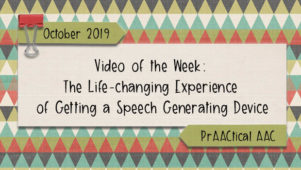
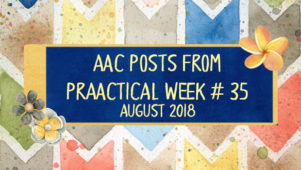
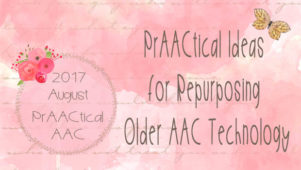
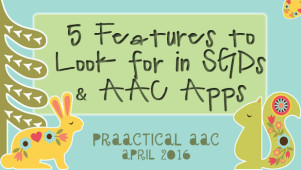
1 Comment
Amazing! Its really remarkable post, I have got much clear idea regarding from this post.